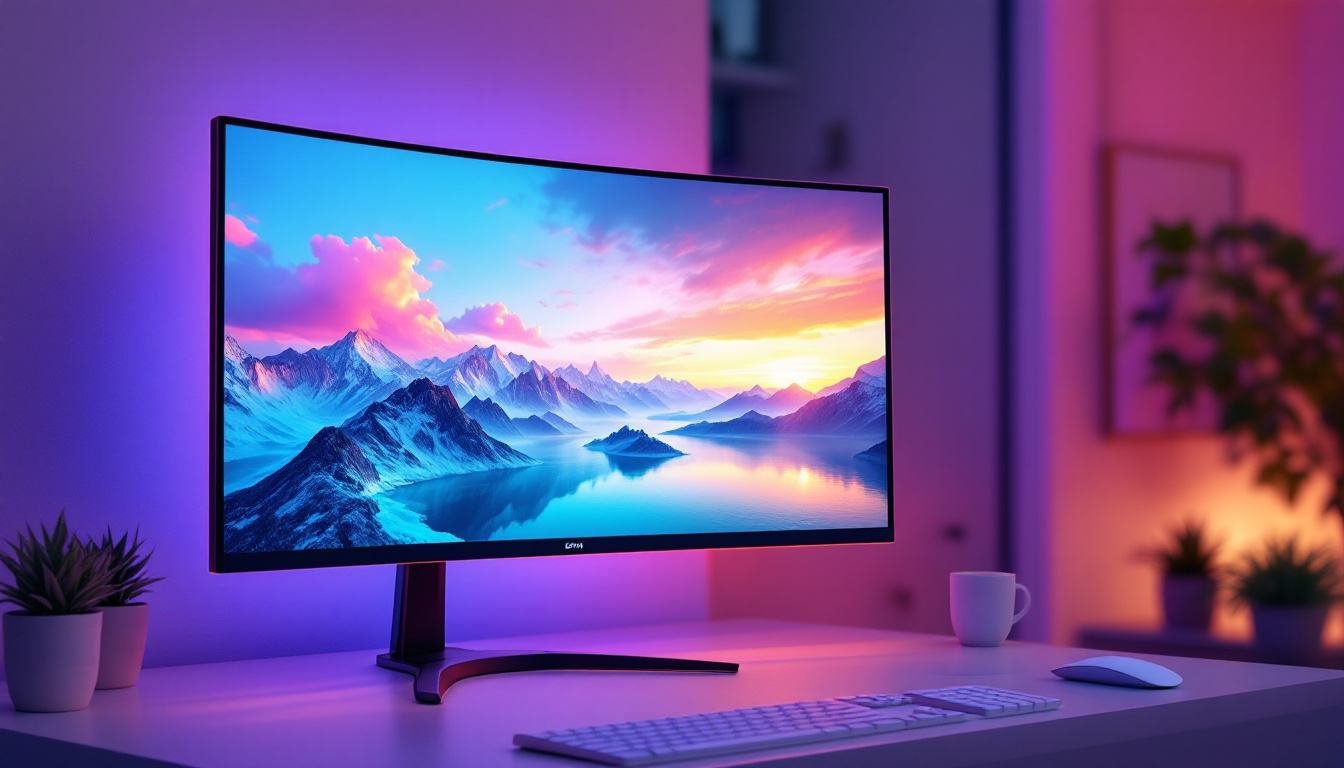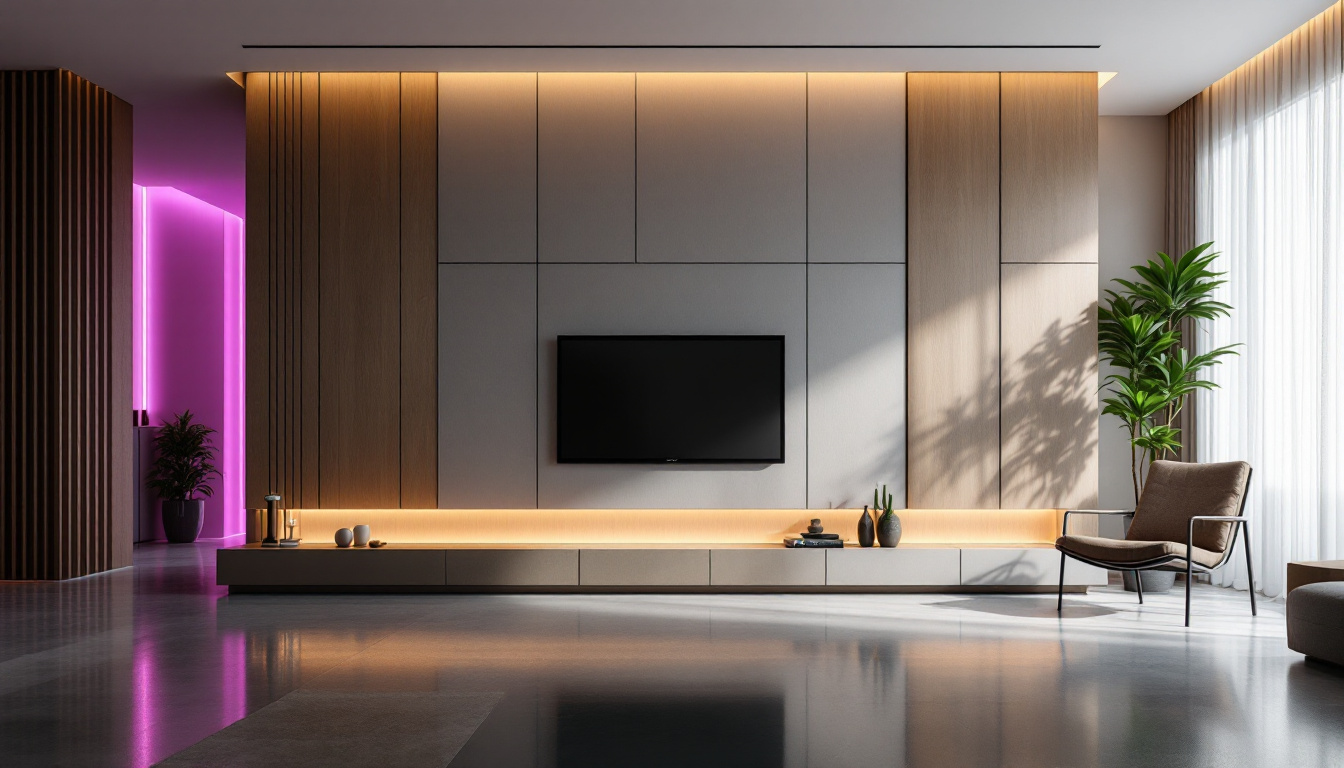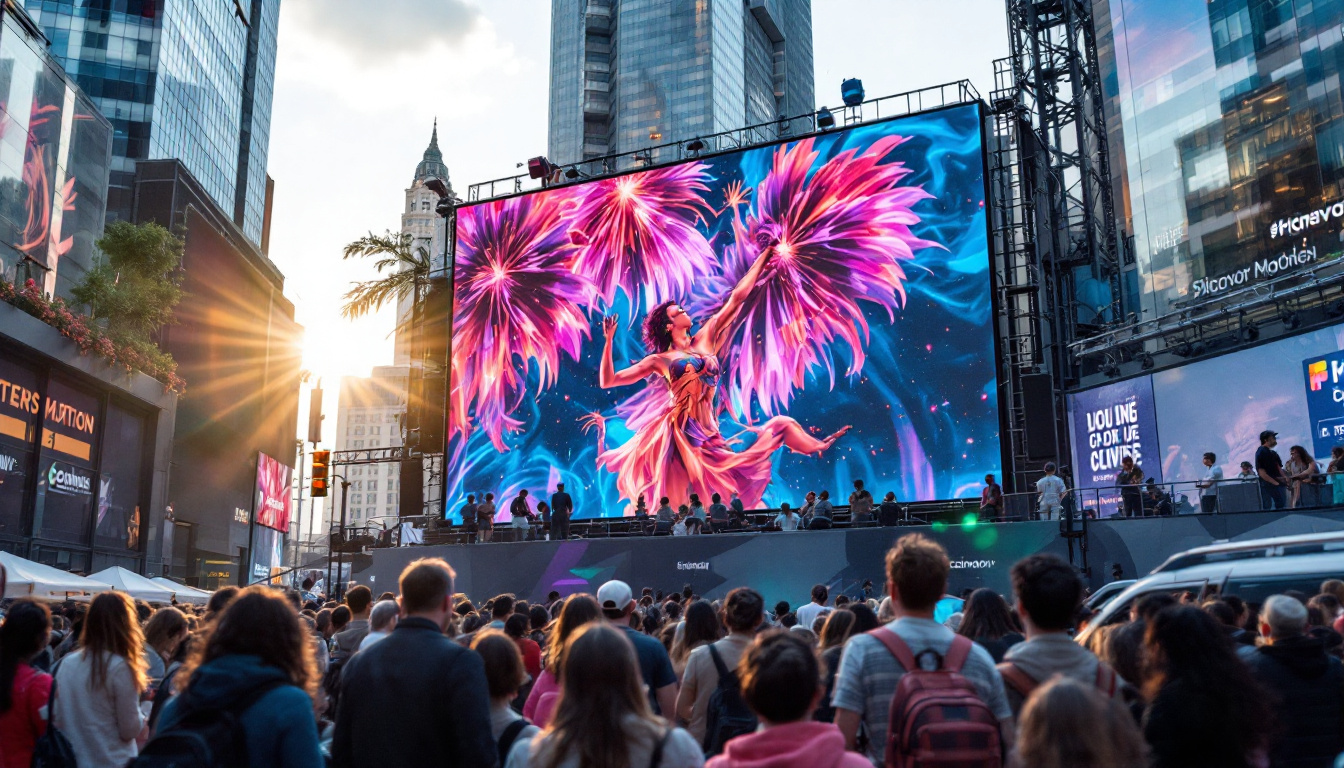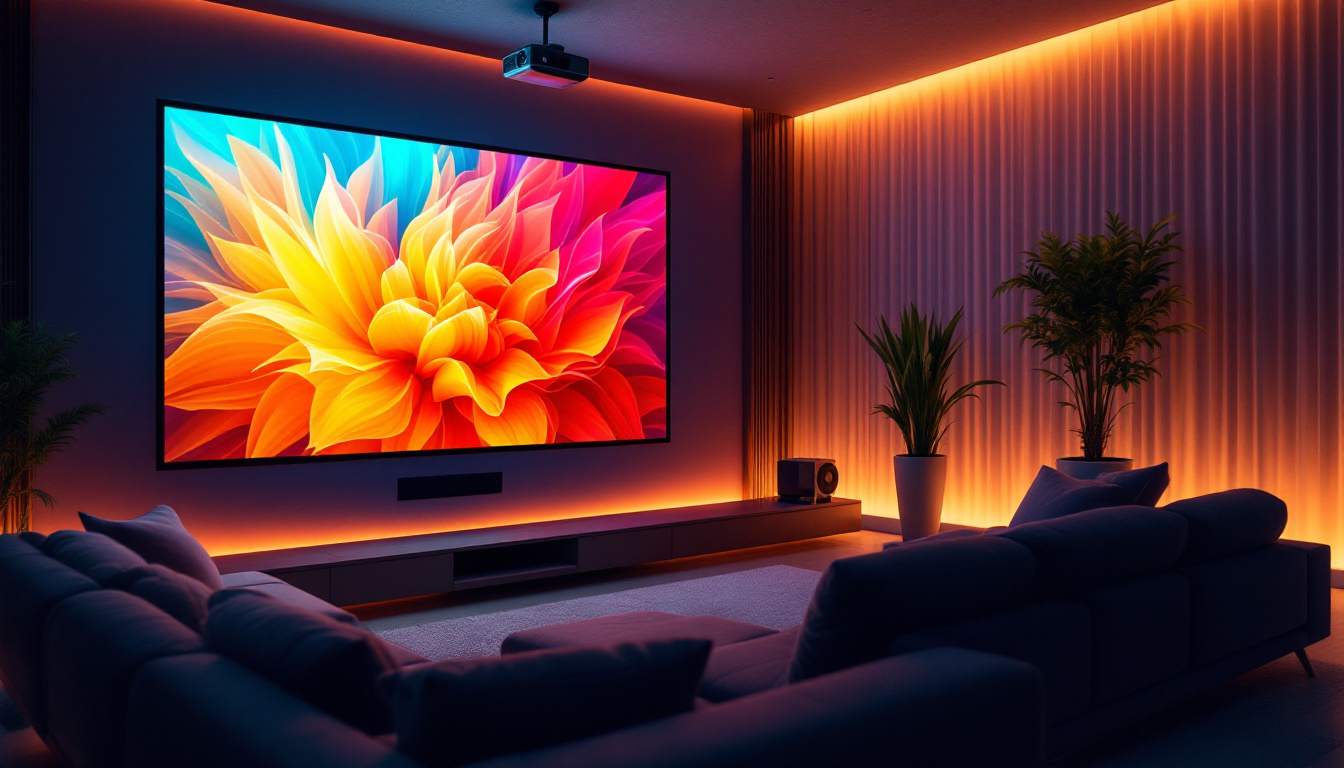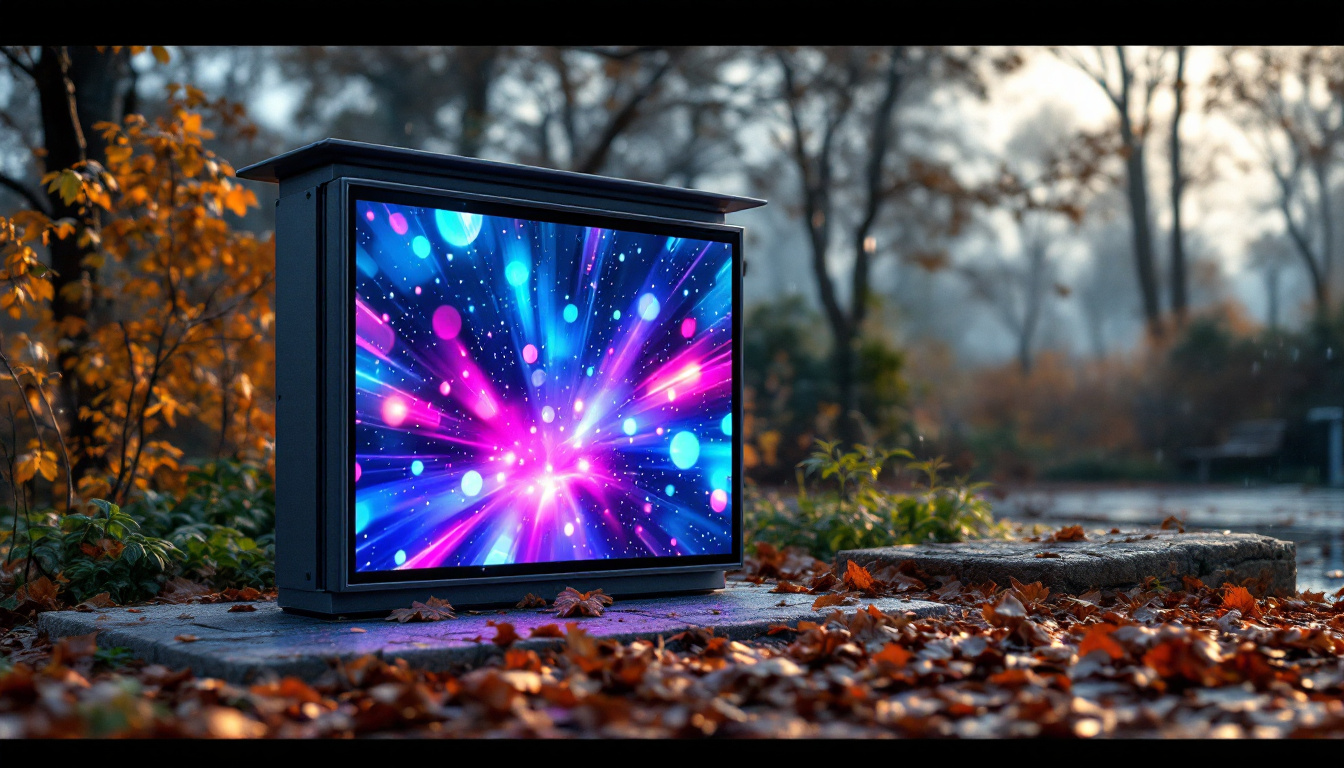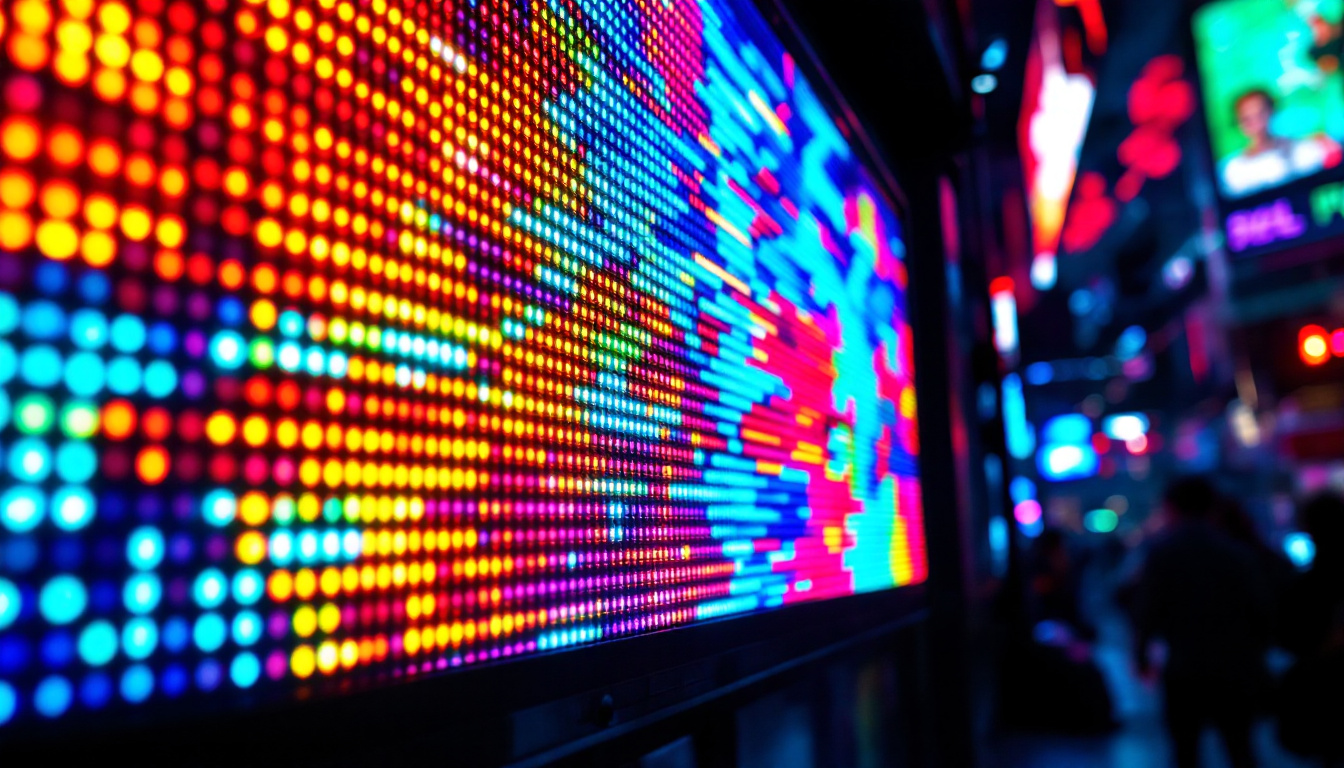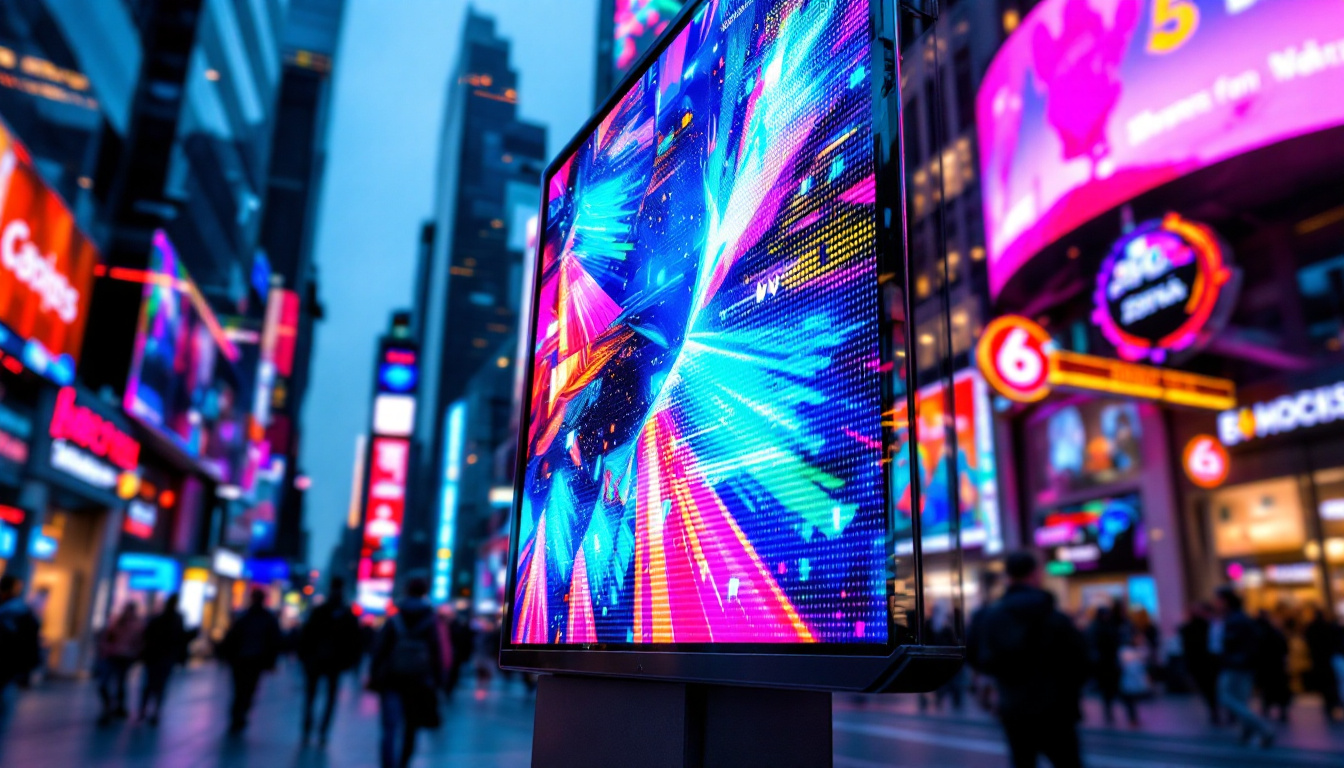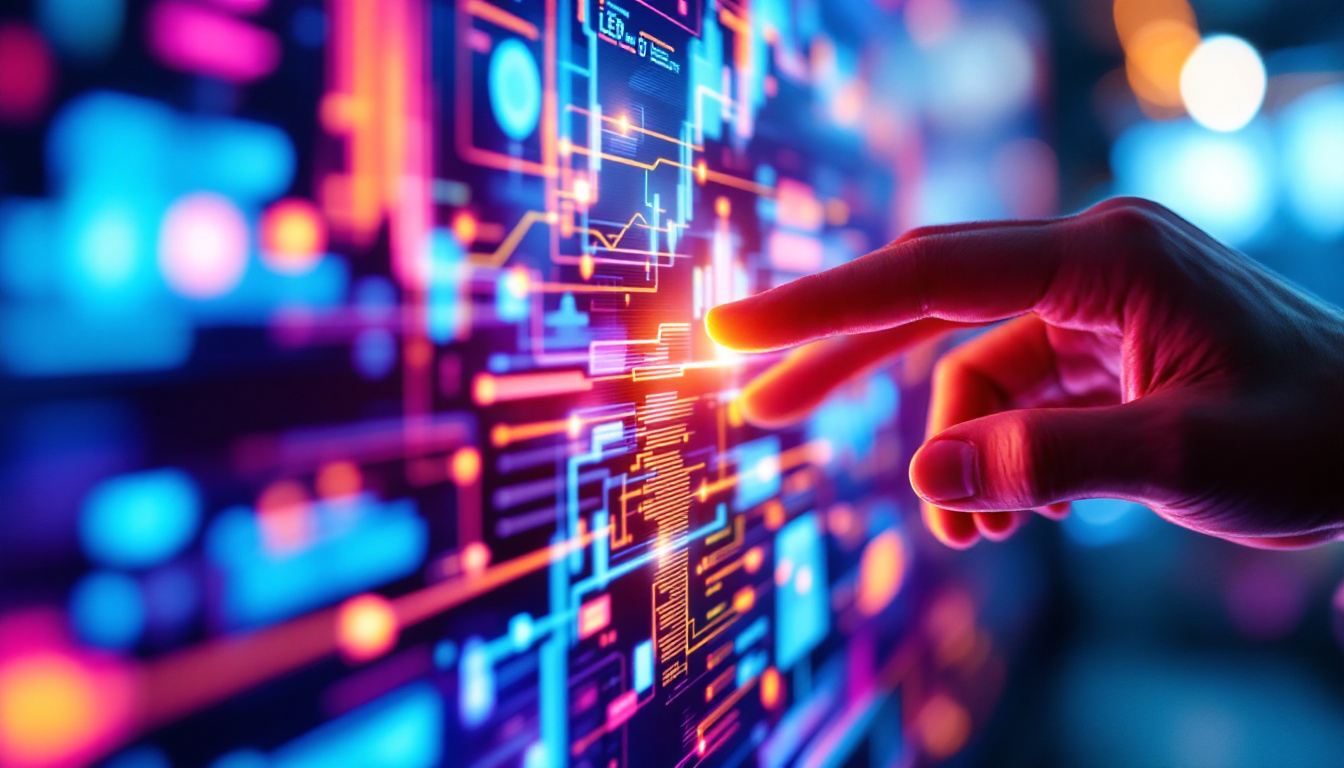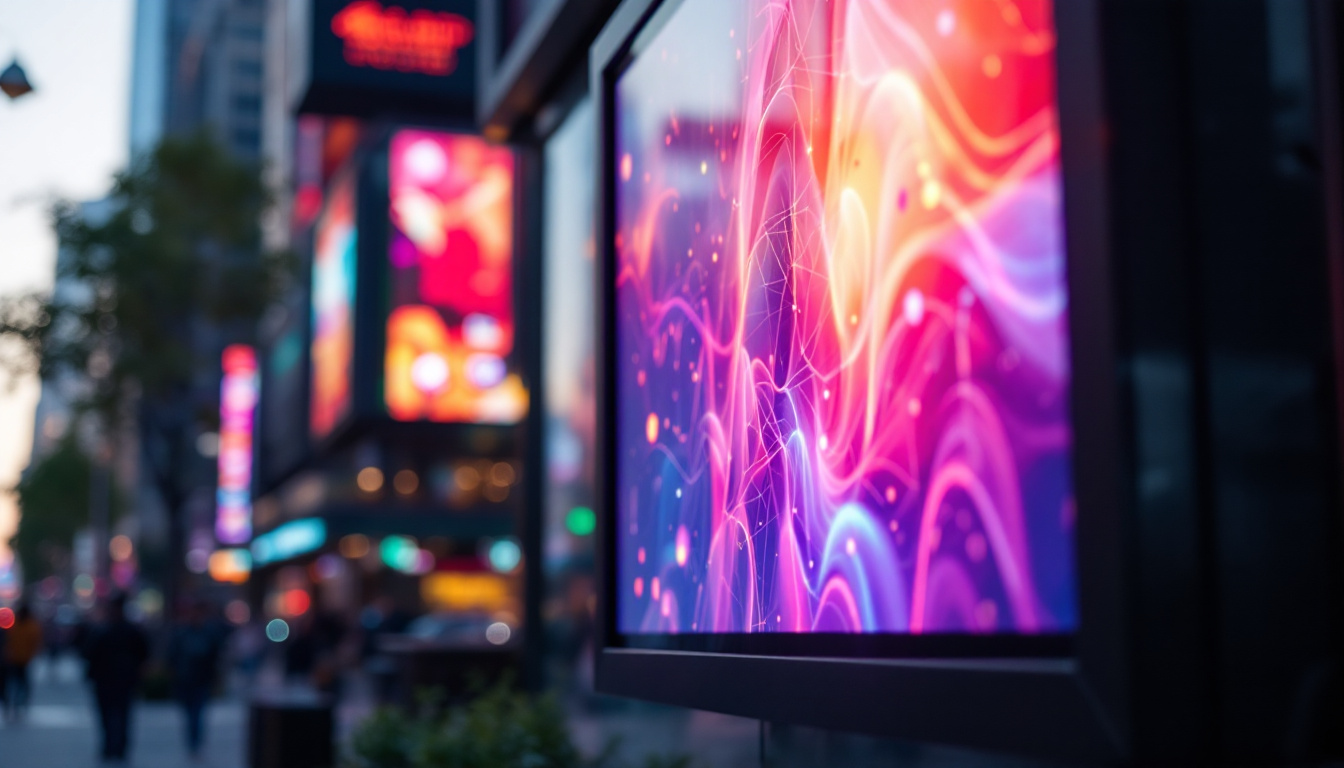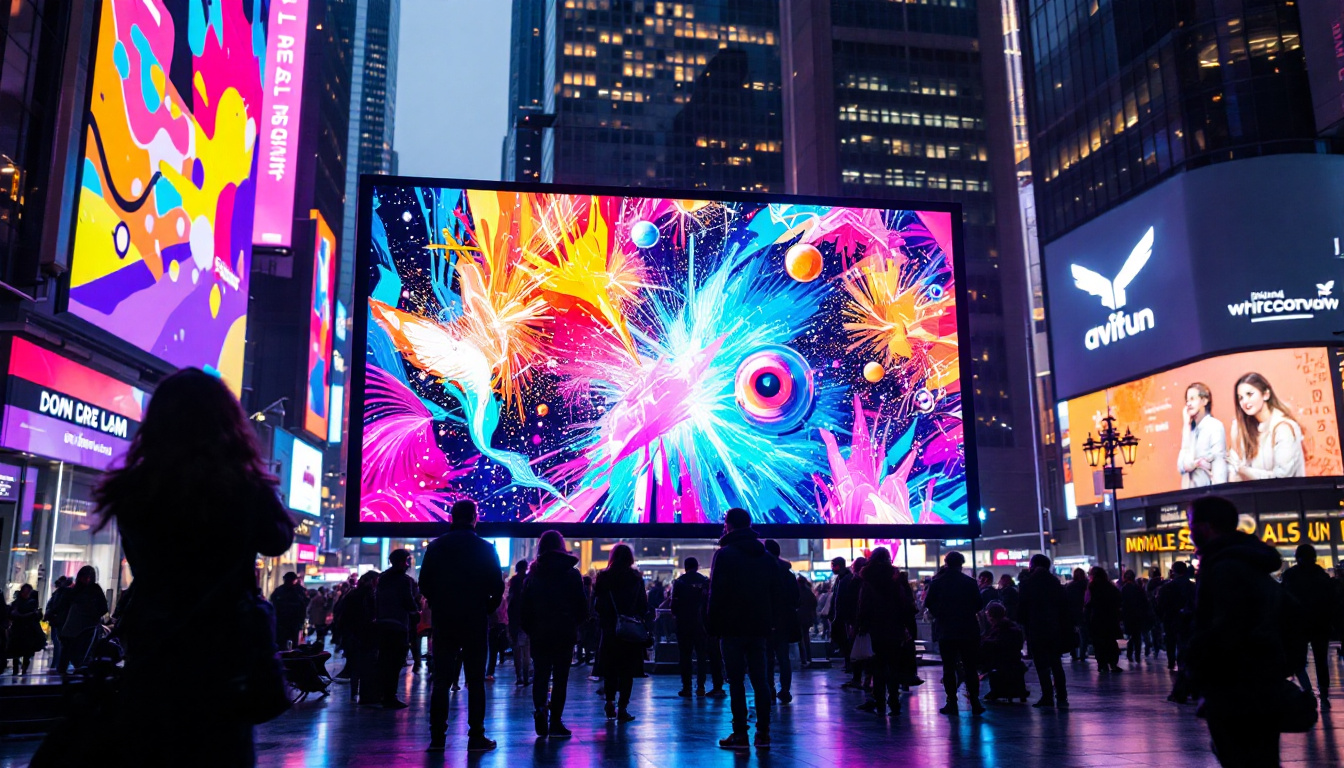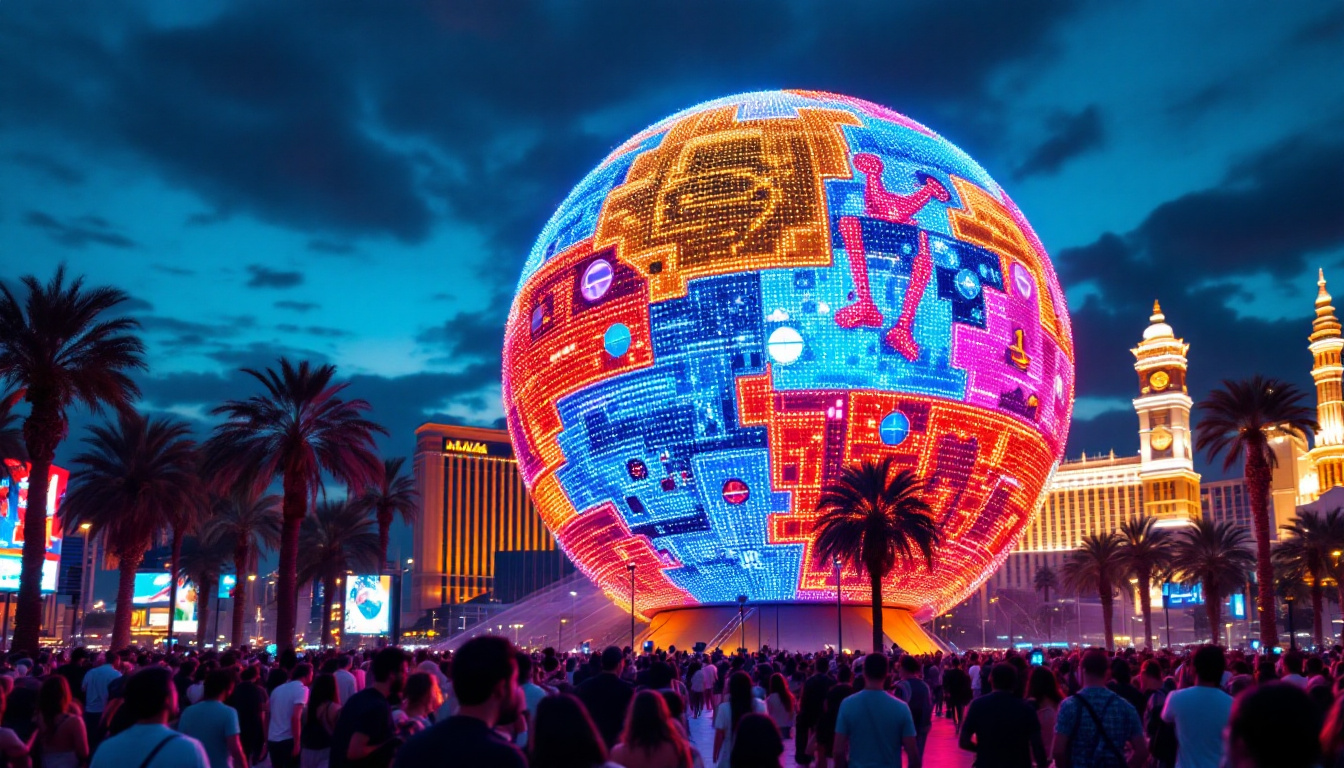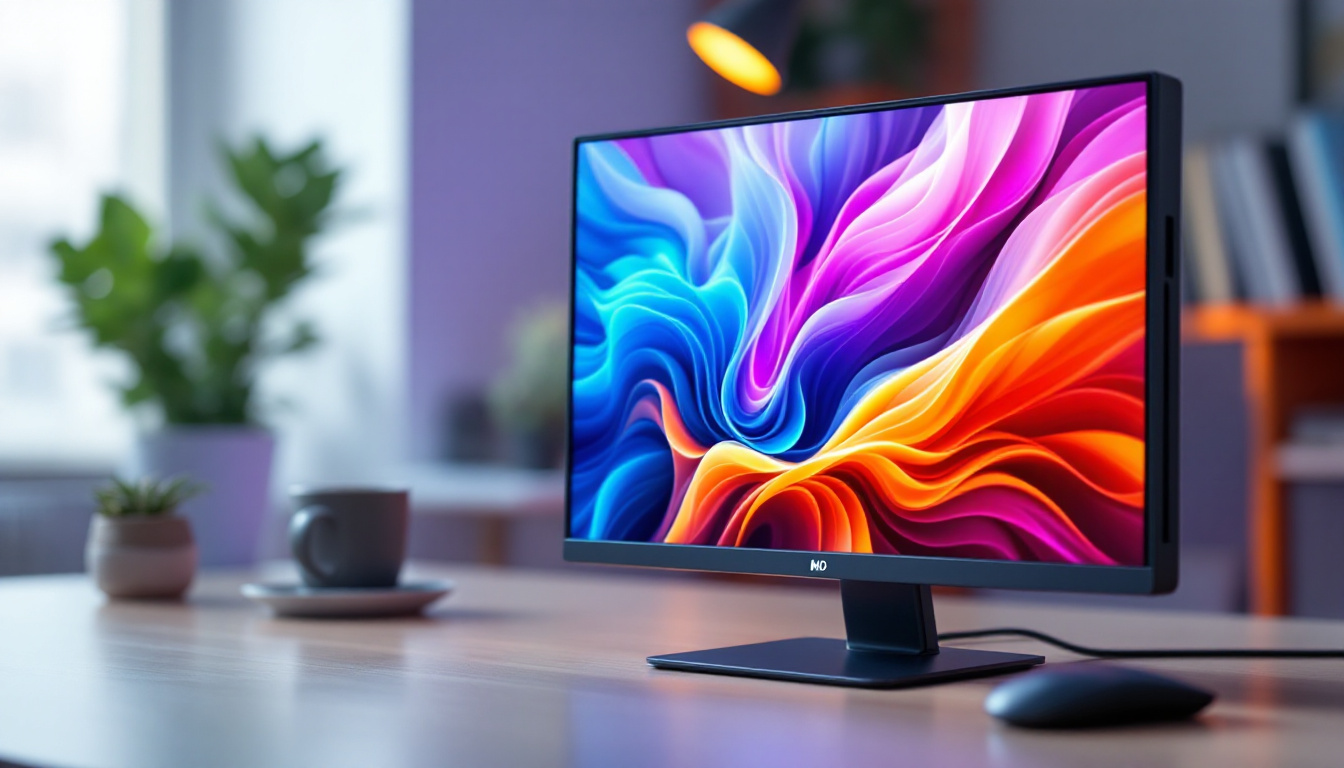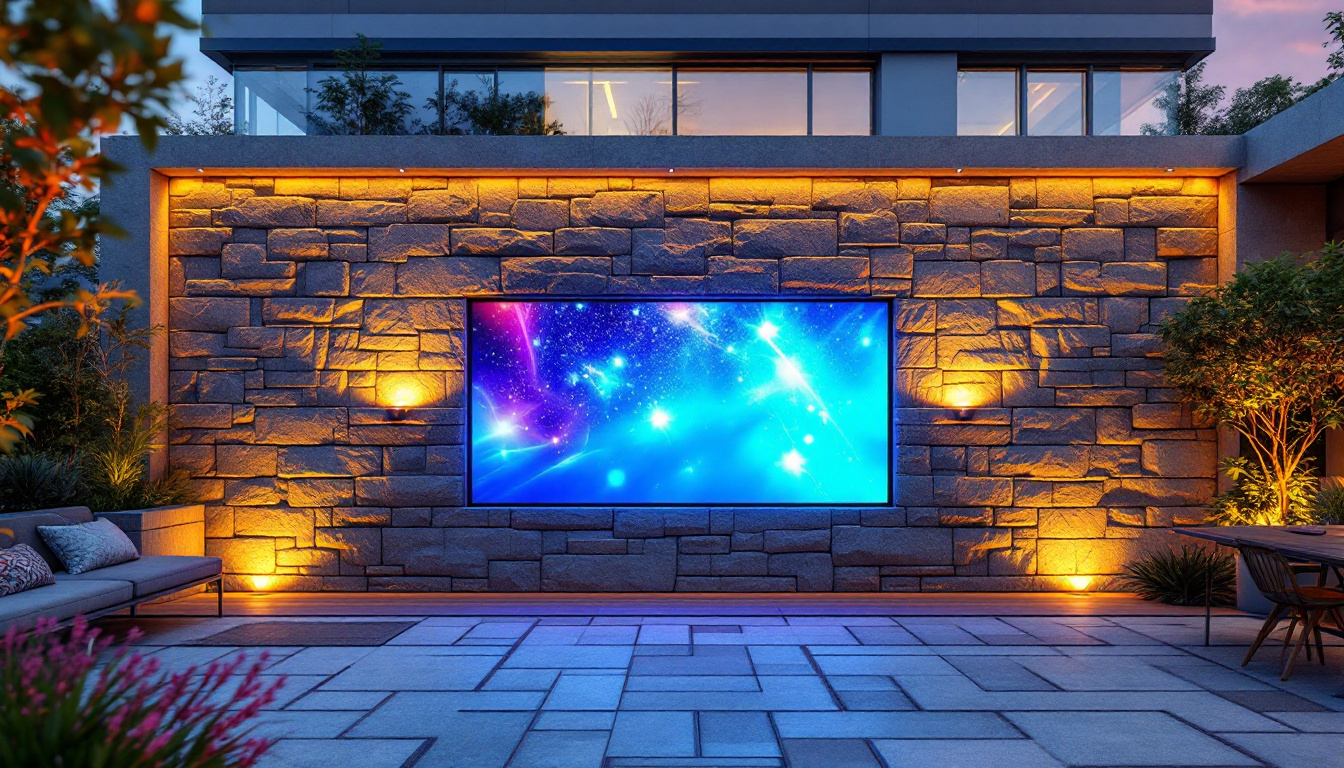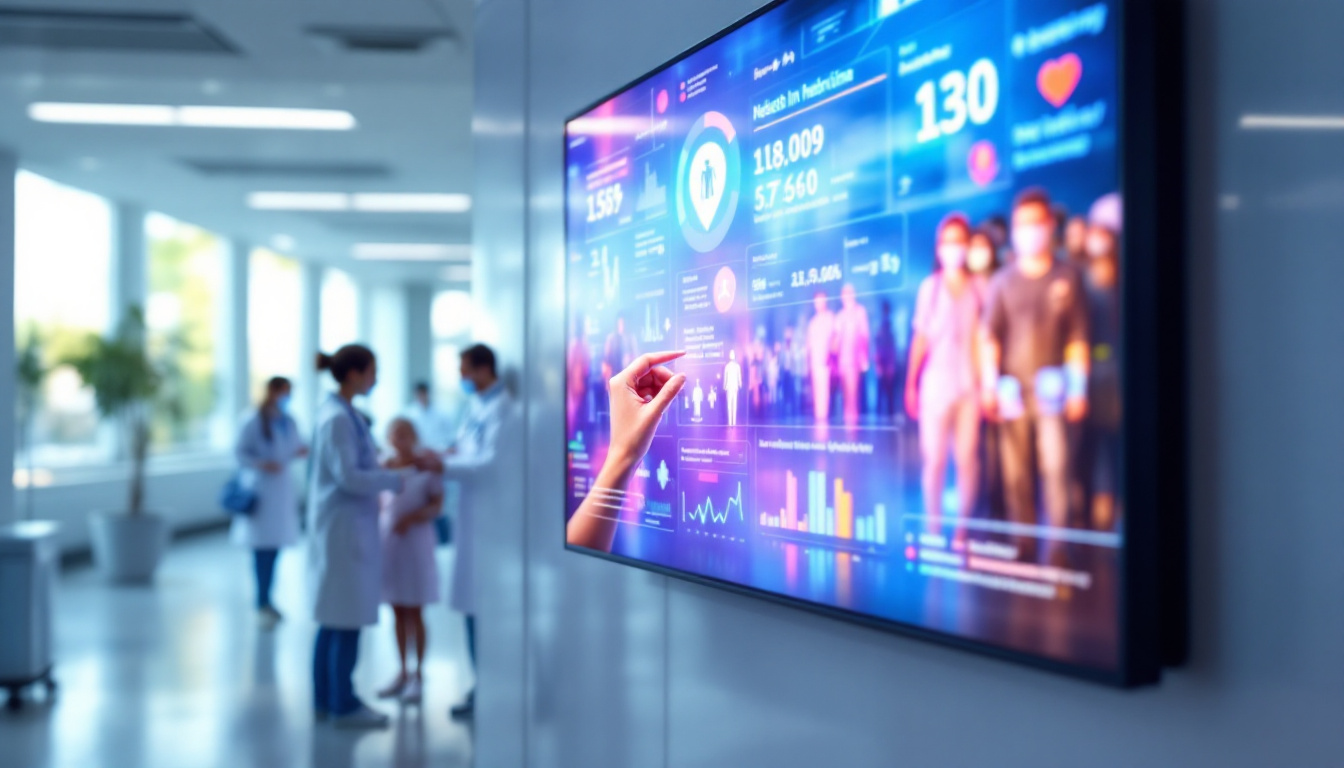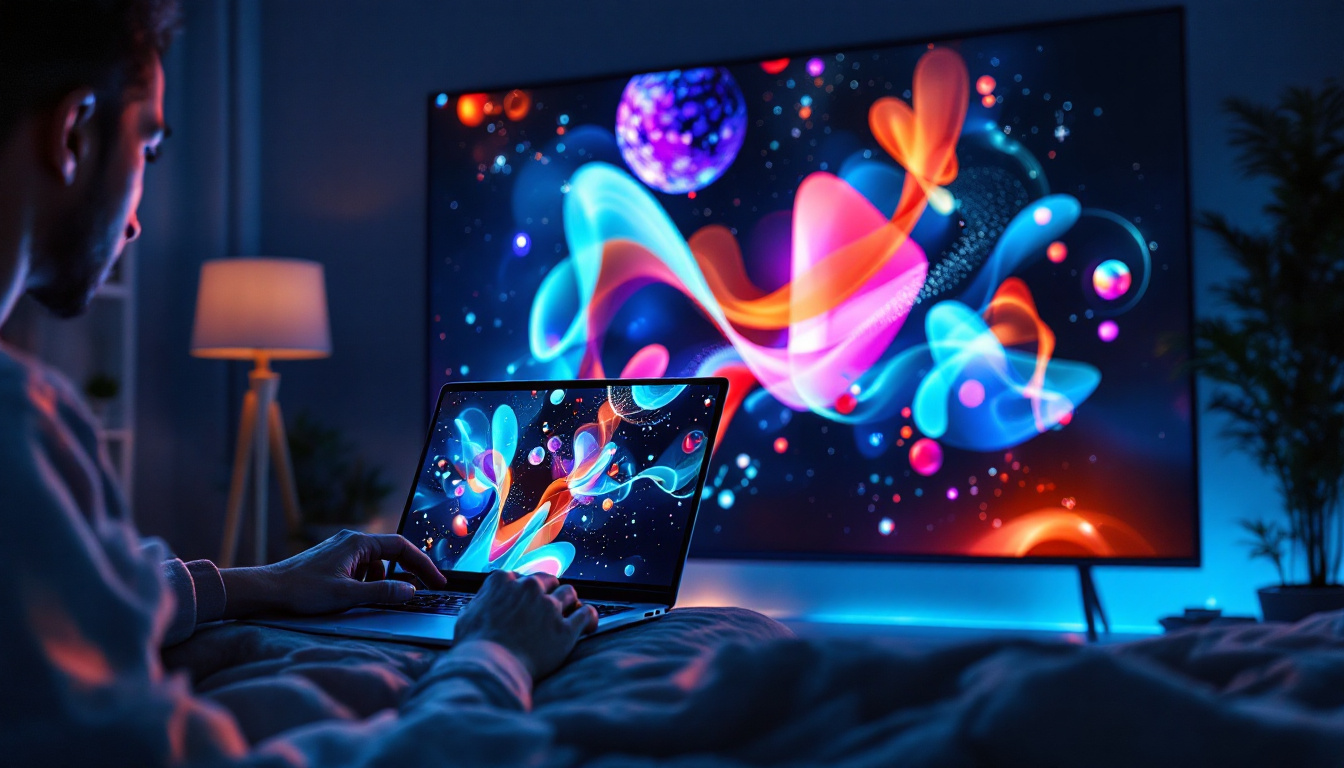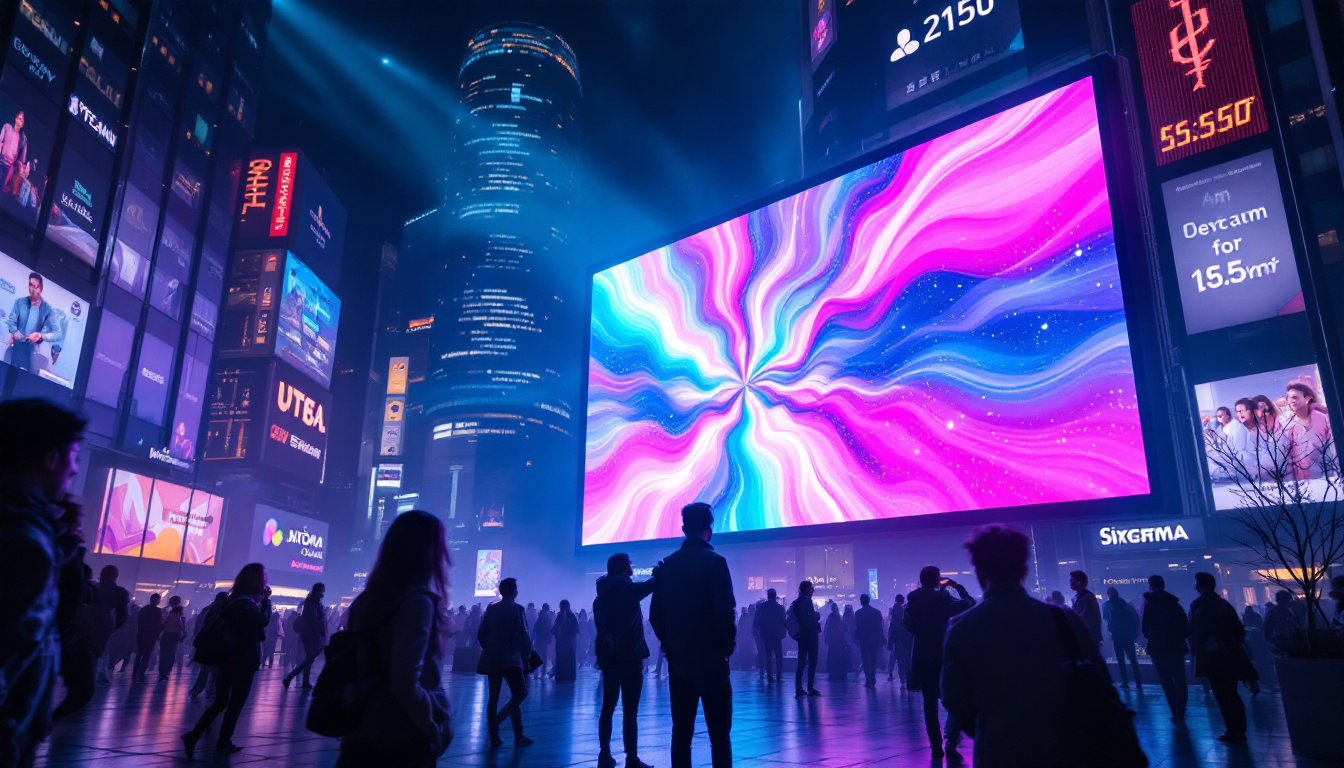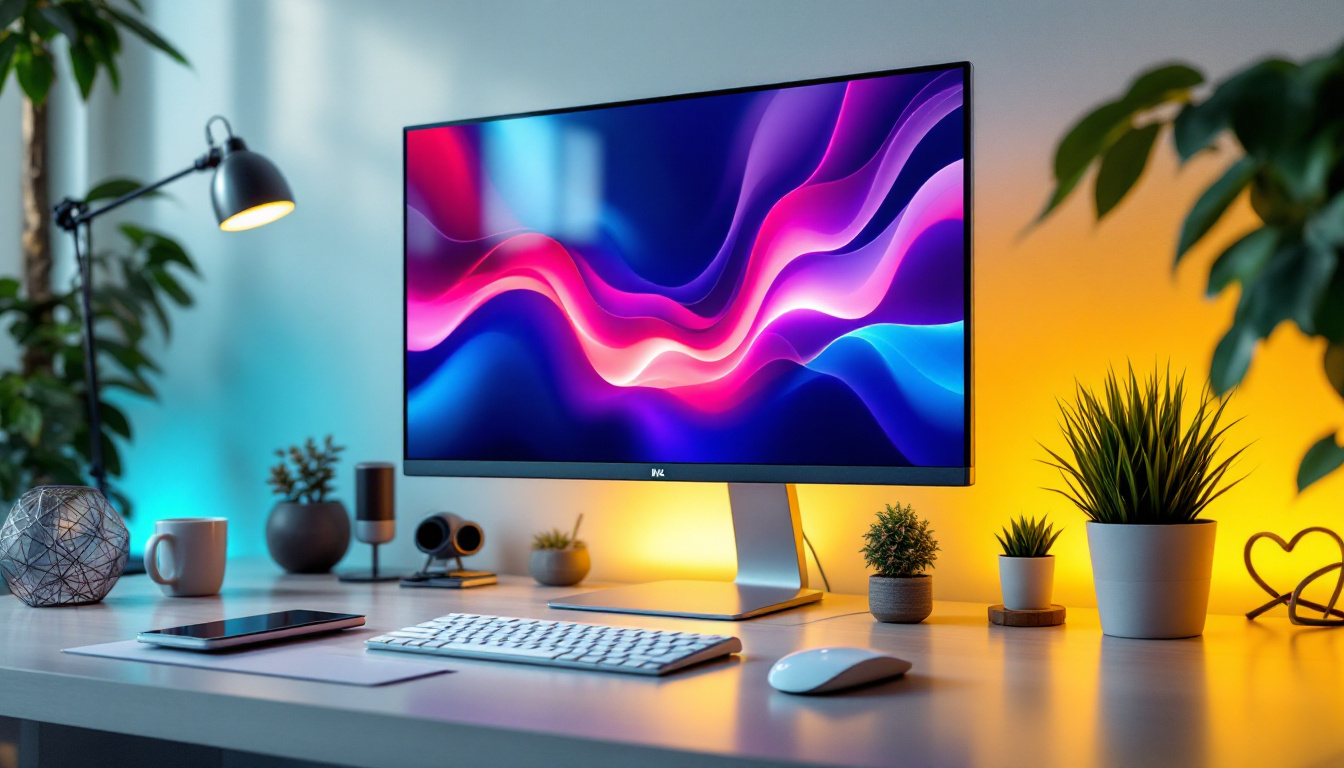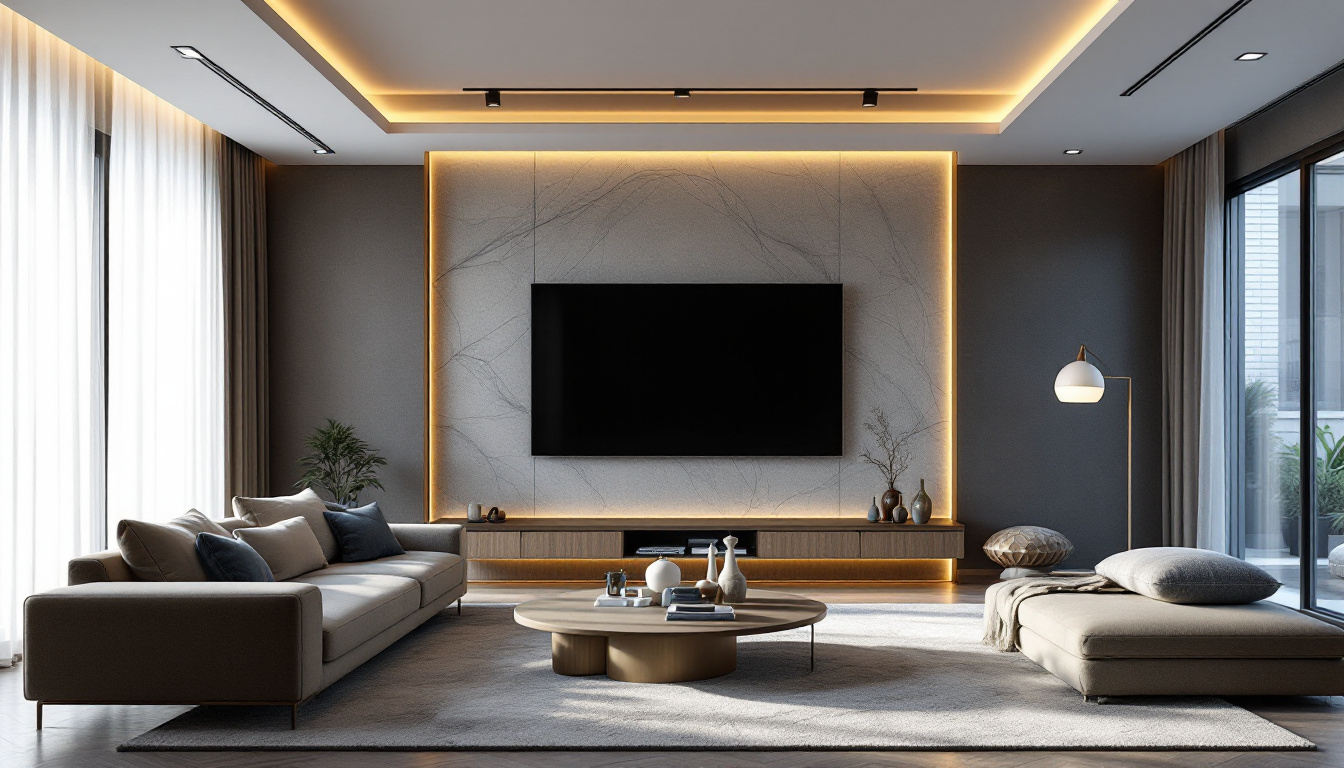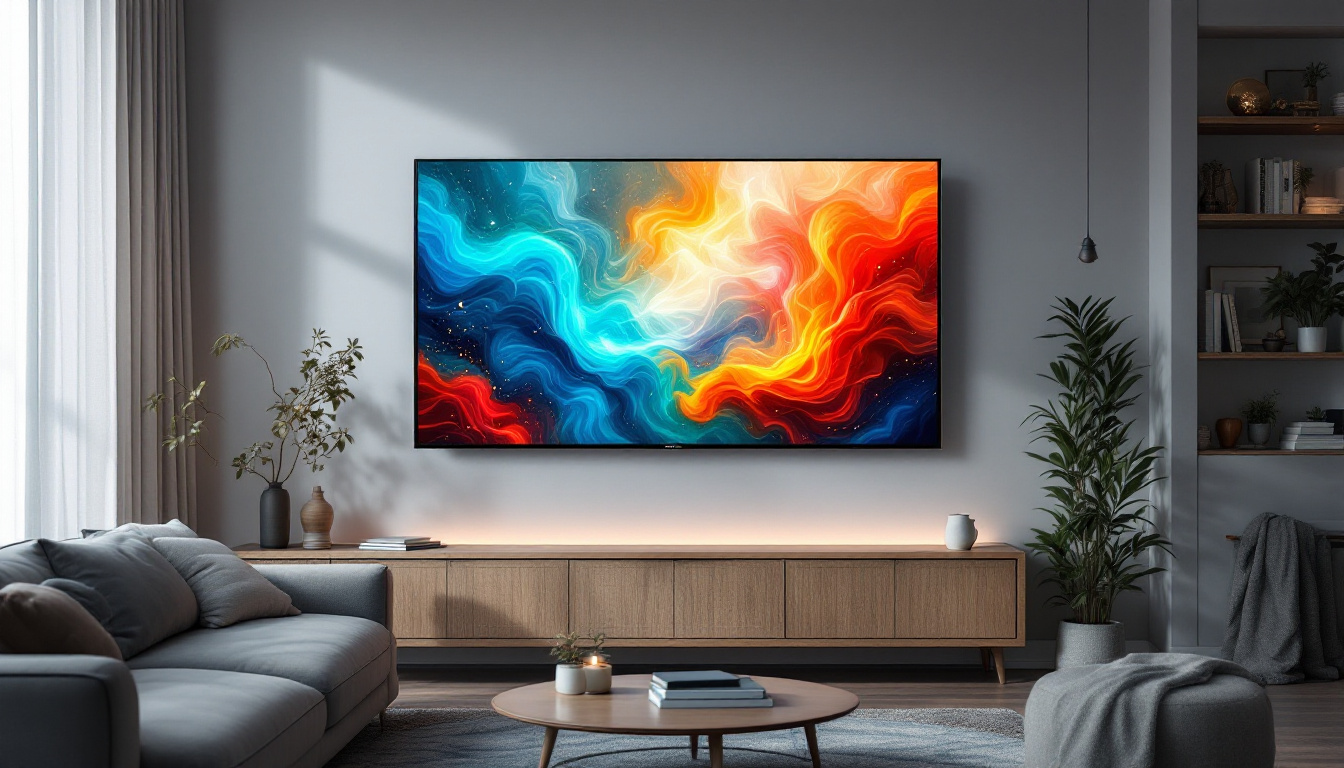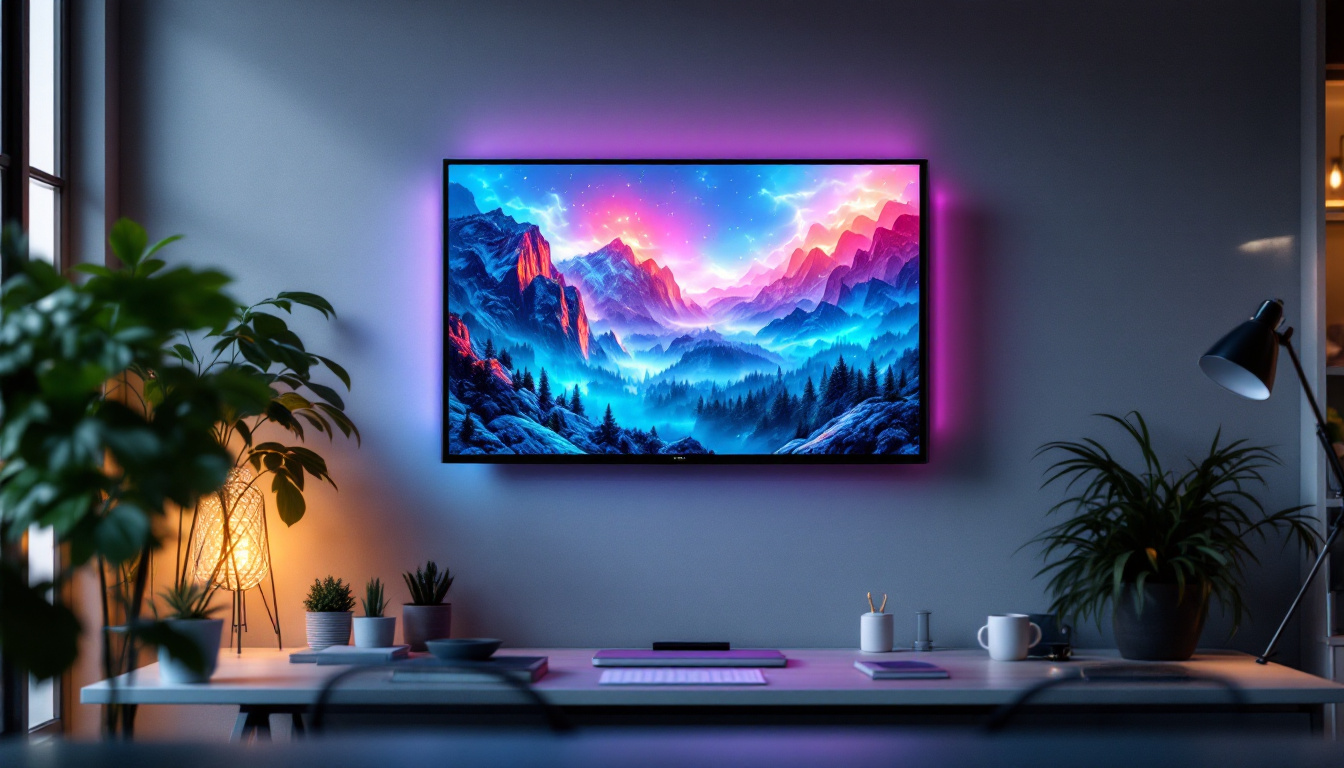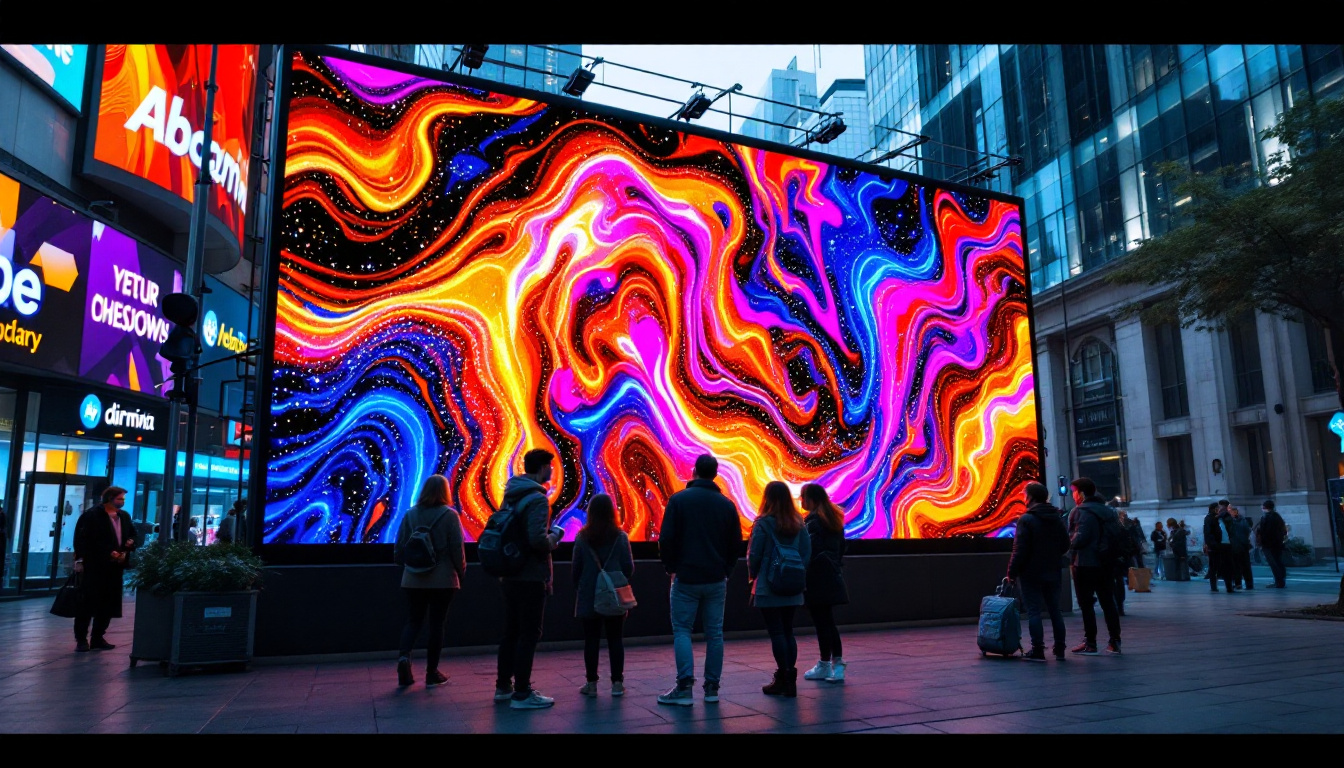In the world of modern technology, LED displays have become an essential component in various industries, from advertising to entertainment. Understanding how these displays work and their measurements can provide valuable insights into their applications and advantages. This article will delve into the specifics of LED displays, particularly focusing on the measurement of 2.15 meters in feet, and explore the implications of this size in different contexts.
Understanding LED Technology
Light Emitting Diodes (LEDs) are semiconductor devices that emit light when an electric current passes through them. This technology has revolutionized the way displays are constructed, offering brighter, more energy-efficient alternatives to traditional lighting methods. The versatility of LEDs allows them to be used in a variety of applications, from small screens on mobile devices to massive outdoor billboards. Their compact size and longevity also contribute to their widespread adoption, as they can be integrated into various designs without the need for bulky fixtures or frequent replacements.
Moreover, the environmental impact of LEDs is significantly lower compared to incandescent or fluorescent bulbs. LEDs consume up to 80% less energy and have a lifespan that can exceed 25,000 hours, which translates to less waste and reduced energy costs over time. This energy efficiency, combined with the ability to produce light in different colors without the use of filters, has made LEDs a preferred choice for both consumers and businesses aiming to reduce their carbon footprint.
How LED Displays Work
LED displays consist of an array of individual LEDs that can be controlled to produce different colors and brightness levels. Each pixel on an LED screen is typically made up of red, green, and blue (RGB) diodes, which combine to create a full spectrum of colors. By adjusting the intensity of each diode, the display can produce a wide range of images and videos. This capability allows for stunning visual effects, making LED displays not only functional but also a medium for artistic expression.
The technology behind LED displays has advanced significantly over the years. Modern displays often utilize techniques such as pixel mapping and dynamic refresh rates to enhance image quality and responsiveness. This has made them particularly popular in environments where visual impact is crucial, such as concert venues, sports arenas, and advertising spaces. Additionally, advancements in software and processing power have enabled real-time content updates, allowing for interactive displays that can engage audiences in new and exciting ways.
Types of LED Displays
There are several types of LED displays, each designed for specific uses. The most common types include:
- Direct View LED Displays: These are large screens made up of individual LED modules that are directly viewable. They are often used in outdoor advertising and large venues. Their high brightness levels ensure visibility even in direct sunlight, making them ideal for billboards and signage.
- LED Video Walls: Composed of multiple smaller LED panels, video walls can create a seamless large display. They are frequently used in control rooms and event spaces, providing a dynamic visual experience that can be tailored to various events and presentations.
- OLED Displays: A variant of LED technology, Organic LED (OLED) displays offer superior contrast and color accuracy, making them popular in high-end televisions and smartphones. Unlike traditional LEDs, OLEDs can achieve true blacks by turning off individual pixels, resulting in a more immersive viewing experience.
In addition to these common types, there are also specialized LED displays designed for niche applications. For instance, transparent LED displays are becoming increasingly popular in retail environments, allowing for eye-catching advertising while maintaining visibility into the store. Flexible LED screens are also emerging, enabling creative installations that can conform to various shapes and surfaces, pushing the boundaries of traditional display technology.
The Measurement of 2.15 Meters
When discussing LED displays, measurements are often expressed in meters or feet. The measurement of 2.15 meters is equivalent to approximately 7.05 feet. This size can have significant implications for the design and placement of LED displays in various environments. For instance, in a crowded urban setting, a display of this height can easily stand out against the backdrop of buildings, ensuring that advertisements are seen by pedestrians and drivers alike. Additionally, the visibility from different angles and distances can greatly influence the effectiveness of the display, making it a key consideration in urban planning and advertising strategies.
Converting Meters to Feet
To convert meters to feet, one can use the conversion factor where 1 meter is approximately equal to 3.28084 feet. Therefore, to convert 2.15 meters to feet, the calculation is straightforward:
2.15 m × 3.28084 = 7.05 ft
This conversion is crucial for professionals in fields such as architecture, advertising, and event planning, where precise measurements are necessary for effective design and implementation. Understanding these conversions allows designers to create layouts that maximize visibility and impact, ensuring that the displays are not only functional but also aesthetically pleasing. Furthermore, accurate measurements can aid in compliance with local regulations regarding signage size and placement, which can vary significantly from one location to another.
Applications of 2.15 Meter LED Displays
LED displays measuring 2.15 meters in height or width can be utilized in a variety of applications. Here are some common uses:
- Outdoor Billboards: A display of this size is ideal for high-visibility advertising in urban areas, allowing brands to reach a large audience. The brightness and clarity of LED technology ensure that messages remain impactful even in direct sunlight, making them a preferred choice for outdoor advertising.
- Event Stages: In concerts and festivals, 2.15-meter displays can serve as backdrops or screens for visual effects, enhancing the overall experience for attendees. These displays can be synchronized with music and lighting, creating a dynamic atmosphere that captivates the audience.
- Retail Environments: Retailers often use LED displays to showcase promotions or product information, and a display of this size can attract customers effectively. By strategically placing these screens near entrances or high-traffic areas, businesses can significantly increase foot traffic and engagement.
Moreover, the versatility of 2.15-meter LED displays extends to sports arenas, where they can be used for live game updates, player statistics, and advertisements, enhancing the spectator experience. In educational settings, such displays can serve as informative tools, displaying schedules, announcements, and interactive content that engages students and faculty alike. The adaptability of this size makes it a valuable asset across various sectors, each leveraging its potential to communicate effectively with their target audiences.
Advantages of LED Displays
LED displays offer numerous advantages over traditional display technologies, making them a preferred choice in many applications. Understanding these benefits can help businesses and organizations make informed decisions about their visual communication strategies.
Energy Efficiency
One of the most significant advantages of LED technology is its energy efficiency. LED displays consume significantly less power compared to traditional incandescent or fluorescent displays. This not only reduces operational costs but also minimizes the environmental impact, making LEDs a more sustainable choice.
Brightness and Visibility
LED displays are known for their high brightness levels, which make them easily visible even in direct sunlight. This characteristic is particularly important for outdoor displays, where visibility can be compromised by ambient light. The ability to adjust brightness levels dynamically further enhances their effectiveness in various lighting conditions.
Longevity and Durability
LED displays have a longer lifespan compared to other display technologies. With proper maintenance, an LED display can last up to 100,000 hours or more. This durability makes them a cost-effective investment for businesses, as they require less frequent replacements and repairs.
Challenges and Considerations
While LED displays offer numerous benefits, there are also challenges and considerations that must be taken into account when implementing this technology. Understanding these factors can help organizations make better decisions regarding their display needs.
Initial Costs
The initial investment for LED displays can be higher than traditional display technologies. However, it is essential to consider the long-term savings associated with lower energy consumption and reduced maintenance costs. Organizations must weigh the upfront costs against the potential return on investment over time.
Installation and Maintenance
Installing LED displays, especially larger ones, can require specialized knowledge and skills. Proper installation is crucial to ensure optimal performance and longevity. Additionally, while maintenance is generally minimal, it is essential to have a plan in place for addressing any issues that may arise.
Content Management
Effective content management is vital for maximizing the impact of LED displays. Organizations must have a strategy for creating and updating content regularly to keep it fresh and engaging. This may involve using content management systems or hiring professionals to ensure high-quality visuals.
Future Trends in LED Display Technology
The LED display industry is continually evolving, with new technologies and trends emerging regularly. Staying informed about these developments can help organizations remain competitive and leverage the latest advancements in visual communication.
MicroLED Technology
MicroLED technology is an exciting development in the LED display landscape. This innovation involves using microscopic LEDs to create displays with even higher resolution and better color accuracy. MicroLED displays promise to deliver superior performance, making them ideal for applications where image quality is paramount.
Flexible and Transparent Displays
Flexible and transparent LED displays are gaining traction in various industries. These displays can be curved or shaped to fit unique environments, allowing for innovative design possibilities. Transparent displays, in particular, enable new ways to integrate visuals into architectural designs without obstructing views.
Integration with Smart Technologies
The integration of LED displays with smart technologies, such as IoT and AI, is expected to transform how content is delivered and managed. Smart displays can adapt to their environment, changing content based on audience engagement or external factors. This level of interactivity can enhance user experiences and drive engagement.
Conclusion
LED displays, particularly those measuring 2.15 meters in size, represent a versatile and powerful tool for communication and advertising. Understanding the technology behind these displays, their advantages, and the challenges associated with their implementation can empower organizations to make informed decisions. As the industry continues to evolve, staying abreast of emerging trends will be crucial for leveraging the full potential of LED technology.
Whether for outdoor advertising, event staging, or retail environments, LED displays offer a dynamic solution that can enhance visibility and engagement. As technology advances, the possibilities for LED displays will only continue to expand, making them an integral part of the visual landscape.
Explore Cutting-Edge LED Display Solutions with LumenMatrix
Ready to elevate your visual communication and create unforgettable experiences? LumenMatrix is at the forefront of LED display innovation, offering a wide range of solutions tailored to your needs. From vibrant Indoor and Outdoor LED Wall Displays to dynamic Vehicle and Sports LED Displays, and even customizable options like Floor and Transparent LED Displays, we have the technology to bring your vision to life. Embrace the future of advertising and engagement with our All-in-One LED Display solutions. Check out LumenMatrix LED Display Solutions today and transform your space into a captivating visual journey.


